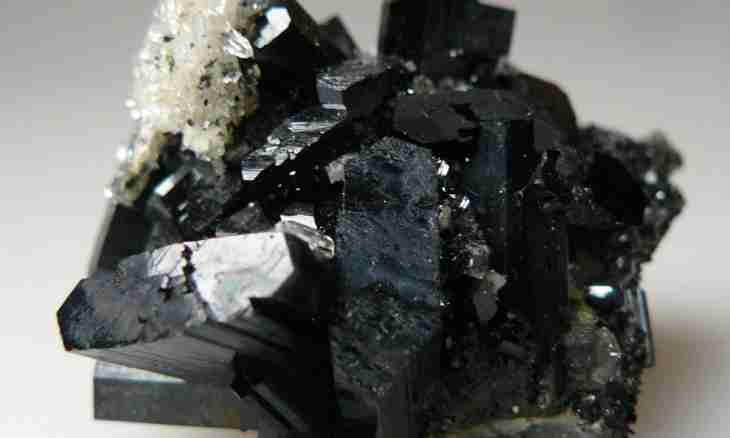In the periodic table of elements of Mendeleyev iron is in a secondary subgroup of the VIII group, the fourth period. On an external electron layer it has two electrons – 4s (2). As also d-orbitals of a penultimate electron layer are filled with electrons, iron belongs to d-elements. Its general electronic formula – 1s (2) 2s (2) 2p (6) 3s (2) 3p (6) 3d (6) 4s (2).
Instruction
1. On physical properties iron – silver-gray metal with a big durability, plasticity, malleability, ferromagniten (has strong magnetic properties). Its density – 7.87 г/см^3, melting temperature – 1539oc.
2. In the nature iron – the second in prevalence metal after aluminum. In a free look it can meet only in meteorites. Its most important natural connections – red Fe2O3 iron ore, Fe2O3∙3H2O hematite, magnetic Fe3O4 iron ore (FeO∙Fe2O3), iron sulfide, or pyrite, FeS2. Compounds of iron can be found also as a part of living organisms.
3. Valent, i.e. reactive, electrons are in atom of iron on the last (4s (2)) and penultimate (3d (6)) electron layers. At atom excitement the electrons on the last layer steam out, and one of them passes to a free 4p-orbital. In chemical reactions iron gives the electrons, showing oxidation levels +2, +3 and +6.
4. With substances iron plays a reducer role in reactions. At a usual temperature it does not interact even with the strongest oxidizers, such as oxygen, halogens and sulfur, but when heating actively reacts with them, forming respectively iron oxide (II, III) – Fe2O3, halogenides of iron (III) – for example, FeCl3, sulfide of iron (II) – FeS. At a bigger heating it reacts with carbon, silicon and phosphorus (results of reactions – Fe3C iron carbide, Fe3Si iron silicide, phosphide of iron (II) Fe3P2).
5. Iron reacts also with complex substances. So, on air in the presence of moisture it corrodes: 4Fe+3O2+6H2O=4Fe (OH)3. Rust is so formed. As metal of average activity, iron forces out hydrogen from the diluted hydrochloric and sulfuric acids, at high temperature interacts with water: 3Fe+4H2O=Fe3O4+4H2 ↑.
6. The concentrated sulfuric acid at a usual temperature passivates iron, when heating – oxidizes it to sulfate of iron (III). In this reaction sulphurous SO2 gas is emitted. The concentrated nitric acid also passivates this metal, but diluted – oxidizes to nitrate of iron (III). In the latter case gaseous nitrogen oxide (II) NO is emitted. Iron forces out the metals located in an electrochemical number of tension more to the right of it from solutions of salts: Fe+CuSO4=FeSO4+Cu.

